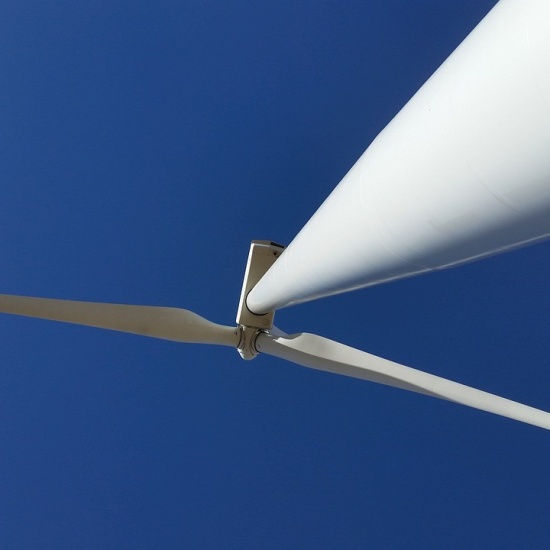Stat Chat - Mixing Things Up
The biofuel mix in forecourt petrol will soon increase from 5% to 10% - what impact will this have on Ireland's transport emissions?
You may not realise it, but up to 5% of the "petrol" that comes from every forecourt pump in Ireland is renewable bioethanol. The other 95% is the fossil fuel petroleum product called "gasoline" in most of the world, but "petrol" in Ireland . The government recently announced the roll-out of E10 petrol in Ireland, which will double the bioethanol content to 10%, from the 5% in current E5 blends. The more bioethanol in the fuel mix, the lower the emissions, but just how much lower?
Because the chemistry of gasoline and bioethanol is different, it can be useful to think of them as two separate ingredients in the "cocktail recipes" for the E5 and E10 fuel mixes. In this cocktail analogy, gasoline has a "strength" of 33, and bioethanol a strength of 21. These strength values are related to a technical property of the liquid fuels, called their net calorific energy density. The current E5 recipe calls for 95-parts gasoline with a 5-part "splash" of bioethanol, to deliver a total energy content of 32.4 units "per glass".
The new E10 recipe starts with 90-parts gasoline and 10-parts bioethanol. But this gives a slightly lower total energy content of 31.8 units per glass. That's because the new E10 recipe uses more of the lower "strength" bioethanol. To get the same total "kick" from both glasses of E5 and E10, we need to increase the amount of gasoline and bioethanol very slightly in the E10 glass. We need about 1.9% more of both ingredients - 91.7 parts gasoline and 10.2 parts bioethanol - to ensure that our glass of E10 delivers the same energy as the original glass of E5.
The good news is that after switching from E5 to E10, most petrol-powered cars, vans, and motor bikes will use about 3.5% less fossil fuel on every journey - 91.7 parts fossil fuel, instead of 95-parts. We estimate this will bring an emission saving of 66,000 tonnes of carbon dioxide per year. And this saving comes without any significant effort or behaviour shift on the part of drivers. Of course, the exact individual saving will depend on the model, type, and age of a vehicle, but the value of 3.5% is a good all-round representative number.
Roughly speaking, switching Ireland's fuel mix from E5 to E10 has the equivalent effect on our transport emissions as removing 3.5% of the E5 petrol-powered vehicles from our roads. That's the equivalent of removing about 29,000 private cars and 1,600 motor bikes.
Increasing our biofuel mix in petrol is complementary to Ireland's ongoing roll-out of electric vehicles (EVs). Switching from E5 to E10 is a great example of how a small change applied to many vehicles can deliver a significant total impact. Conversely, with EVs, and particularly battery-only electric vehicles (BEVs), we see much bigger emission savings per vehicle, but with fewer of those vehicles on our roads, right now.
Of course, we can make even more emission savings by changing how we get around Ireland every day. Walking, cycling, and taking the bus or train, where possible, all bring very substantial emissions savings. But where those behavioural solutions are not practical, and we still need to use our cars, technology solutions like increasing biofuel mixes in petrol- and diesel-powered vehicles, and the rolling-out more BEVs, all play their part.
If you'd like to learn more about the grants available for electric vehicles and chargers, or about the energy data behind Ireland's transport sector, then please visit www.seai.ie.




